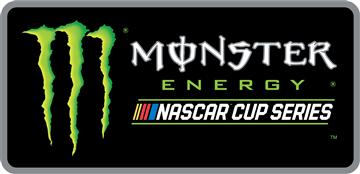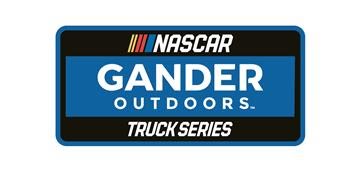Rookie Stripe: Driving Dominance -- the Four Ds that Can Impact Track Performance
 |
| Photo credit: Debbie Ross for Skirts and Scuffs |
Because races are often won by just microfractions of a second and pin-thin margins, science-based strategy is uber important to gaining those tiny blips of time. NASCAR teams will test, tinker and try all sorts of strategies depending on track conditions, weather and more, and all of them are rooted in science. Here are four major components of physics that teams are crucial to teams when planning and executing race strategy:
Dirty air: Dirty air is basically any disturbance or turbulence of the air around a car that affects its handling and aerodynamics. The lead car in the race has clean air because it's passing through the air first, and it will have the best downforce. Drivers behind the lead car facing dirty air have less downforce and don’t always know how the dirty air around them will affect their car -- or how the dirty air around other cars can impact their car. Turbulence and instability caused by dirty air is sometimes enough to push cars closer to the wall and cause wrecks.
Downforce: Downforce is aerodynamic and centrifugal force on tires, and happens when air passes over the top of the moving car, pushing it down closer to the track surface. NASCAR race car bumpers are designed for negative lift, meaning that air pushes down on the race car. More downforce means more grip, and downforce can be manipulated by moving weight in the corners of the race car. It can help wheels stick in the corners and aid when a driver wants to accelerate on a straightaway. But more downforce also means extra friction and drag, which depending on the situation, is not always ideal.
Drag: The density of an object moving through air affects its drag. Downforce increases drag, which is the resistance faced by a car as it moves through air at high speeds. The higher the velocity (the faster the car), the more drag it will experience. So a more aerodynamically shaped car will fare better when it comes to drag than a non-aerodynamic object. Teams generally have an idea of how much force drag exerts on the car being pushed through the air at 200 miles per hour (or any speed).
 |
| Photo Credit: Debbie Ross for Skirts and Scuffs |
If you geek out over the physics of NASCAR like me and want to move beyond the rookie level of explanation, I highly recommend picking up the book The Physics of NASCAR: the Science Beyond the Speed by Diandra Leslie-Palecky which will funnel you deep into the magnetic world of NASCAR science -- and help you discover why your favorite driver isn’t always winning.
Rookie Stripe: Driving Dominance -- the Four Ds that Can Impact Track Performance
 Reviewed by Logan Stewart
on
Wednesday, March 27, 2019
Rating:
Reviewed by Logan Stewart
on
Wednesday, March 27, 2019
Rating:
 Reviewed by Logan Stewart
on
Wednesday, March 27, 2019
Rating:
Reviewed by Logan Stewart
on
Wednesday, March 27, 2019
Rating:





